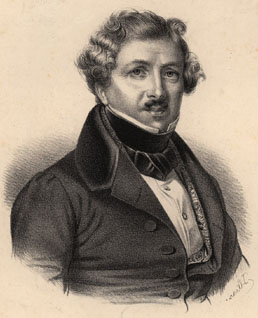 Hal Holbrook, who performs his solo show "Mark Twain Tonight!" Saturday, Jan. 23 at Lincoln Theater at theUniversity of Hartford (the show is sold out), talked to me about the time he met the daughter of Mark Twain, Clara Clemens.
Hal Holbrook, who performs his solo show "Mark Twain Tonight!" Saturday, Jan. 23 at Lincoln Theater at theUniversity of Hartford (the show is sold out), talked to me about the time he met the daughter of Mark Twain, Clara Clemens.Holbrook started perfolrming as Twain in 1956 and in the early '60s he was summoned to her California home after one of his performances by two mysterious men.
"She talks to him, you know," said one of the men to Holbrook. "She talks to him about you, so watch out."
"I had heard that Clara believed in the after-life and in clairvoyance and talked to her father that way," says Holbrook.
Clara's husband, who had seen Holbrook's performance, was afraid for her to see his show "because he felt it would be like seeing a ghost," Holbrook recalled her husband saying.
Holbrook made arrangements to visit Clara, understanding that she had "good days and bad days."
"I was afraid to meet her and I shouldn't have been because she was so sweet and dear to me. The sight of her laying in bed...She was half invalid and there were three or four books spread out before her, just like him [Mark Twain], with medications on the side table. She had a head a gray hair, just like him, too; the nose, the face, the eyes burning out from under the brows. All she needed was a moustache. It was unbelievable. She was so gracious and lovely to me.
 "I asked her some very pointed questions and she answered them. I wrote it all down, the account of that meeting, as a 36-page hand-written letter which I sent to my first wife and told her to save it. I forgot about it for a long time and I looked at it a few months ago and I thought, 'My god, what a document here. Nobody has anything like this.'
"I asked her some very pointed questions and she answered them. I wrote it all down, the account of that meeting, as a 36-page hand-written letter which I sent to my first wife and told her to save it. I forgot about it for a long time and I looked at it a few months ago and I thought, 'My god, what a document here. Nobody has anything like this.'
"Her husband pulled me to the side into the hall and asked me about some of the material I was doing in the show, some of the lesser-known things [Twain] had to say about the human race and such. He asked me how audiences reacted and I told him they reacted fine. They take it. They see the truth in it. He said, 'Well, how would you feel if I told you could take some of the material that had been withheld and try it out and let us know how it goes. But I'm afraid for you. I don't want to endanger your work."
"I said, 'Aw, the hell with it.'
"And he said, 'No, you mustn't have that attutude,. What you're doing now is very fine and important and you mustn't endanger it.'
"I think he was afraid that people would be upset at some of the material [Twain wrote] and it would hurt Clara's feelings. But I don't think he understood where America was at the time, entering the '60s, the fervor that was rising among the American public which was able to take this stuff in, though it wasn't easy.
"A year later they released 'Letters from the Earth' and I realized looking at the letter that I wrote then that my visit there must have had something to do with them finally releasing this material."
Clara Clemens died in 1962.
Her father died in 1910.


 longest-reigning monarch in the history of Thailand.
longest-reigning monarch in the history of Thailand.




 AKA Louis-Jacques-Mandé Daguerre
AKA Louis-Jacques-Mandé Daguerre

1.jpg)
1.jpg)